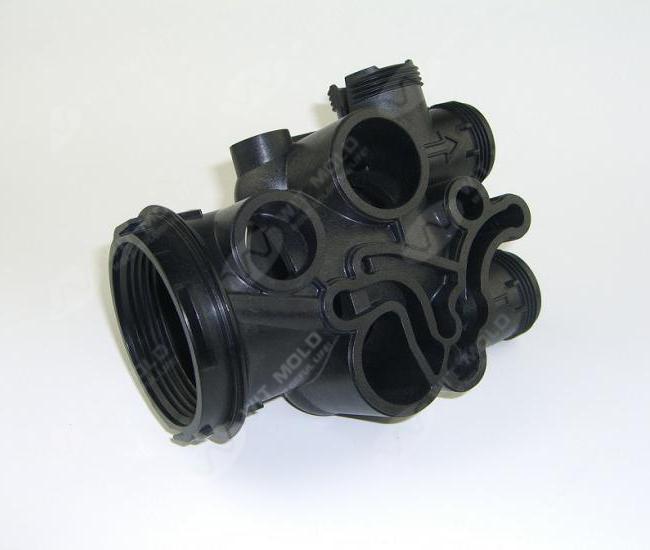What is the use of injection Mould?
The manufacturing industry has witnessed remarkable advancements, and injection molding stands as a cornerstone in the production of intricate and precise components. This article explores the fundamental question: What is the use of injection molds? By delving into the process, applications, and advantages, we unravel the indispensable role injection molds play in the creation of a wide array of products.
1. Understanding Injection Molding:
1.1 Process Overview:
Injection molding is a manufacturing process where molten material, typically plastic, is injected into a mold cavity. The material solidifies within the mold, taking its shape, and is then ejected to produce the final product.
1.2 Tooling:
The mold used in injection molding is a precision tool consisting of two halves – the cavity and the core. These halves are designed to fit together precisely, forming the desired shape of the finished product.
2. Key Components of Injection Molds:
2.1 Cavity and Core:
The cavity is the space within the mold where the molten material is injected and takes the shape of the final product. The core, on the other hand, forms the interior of the product. Together, they define the product's shape and features.
2.2 Runners and Gates:
Runners are channels that guide the molten material from the injection unit to the mold cavity. Gates are the entry points through which the material is injected into the mold. Proper design of runners and gates is crucial for achieving uniform product quality.
3. Applications of Injection Molds:
3.1 1. Plastic Components in Consumer Goods:
Injection molding is widely used in the production of plastic components for consumer goods such as toys, containers, and household items. The method allows for the mass production of intricate shapes with high precision.
3.2 2. Automotive Parts:
Many components in the automotive industry, including interior trims, dashboards, and exterior parts, are manufactured using injection molds. The process ensures consistency in quality and dimensional accuracy.
3.3 3. Medical Devices:
Injection molding is employed in the production of various medical devices, including syringes, IV components, and surgical instruments. The high precision and repeatability of the process are critical in the medical field.
3.4 4. Electronics and Appliances:
The production of electronic components and housings for appliances often involves injection molding. This ensures the creation of intricate and custom-shaped parts with minimal post-processing.
3.5 5. Packaging:
Many types of packaging, such as bottles, caps, and containers, are manufactured using injection molding. The process allows for the production of lightweight yet durable packaging solutions.
4. Advantages of Injection Molding:
4.1 High Precision and Complexity:
Injection molding enables the production of complex and highly detailed components with tight tolerances, ensuring precision in the final product.
4.2 Cost-Effectiveness in Mass Production:
Once the mold is created, the cost per unit decreases significantly for each additional part produced. This makes injection molding a cost-effective solution for large-scale manufacturing.
4.3 Consistency and Reproducibility:
The automated nature of injection molding results in consistent and reproducible parts, minimizing variations and ensuring uniform quality across a production run.
5. Considerations in Injection Molding:
5.1 Material Selection:
The choice of material is critical and depends on factors such as the desired properties of the final product, its application, and environmental considerations.
5.2 Mold Design and Maintenance:
Proper mold design and regular maintenance are essential for achieving optimal results. Well-designed molds contribute to product quality and extend the lifespan of the tool.
In conclusion, injection molds are the backbone of modern manufacturing, playing a pivotal role in the creation of diverse products across various industries. The versatility, precision, and cost-effectiveness of injection molding make it a preferred choice for producing high-quality components at scale. As technology continues to advance, injection molding remains at the forefront, shaping the future of manufacturing with innovation and efficiency.
Related:



